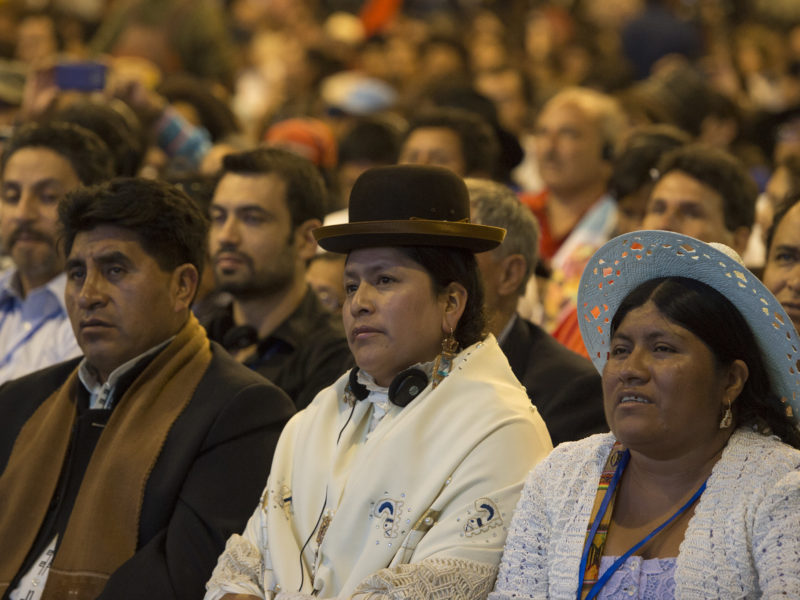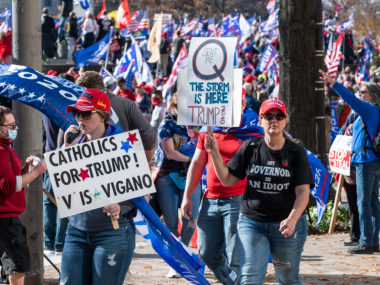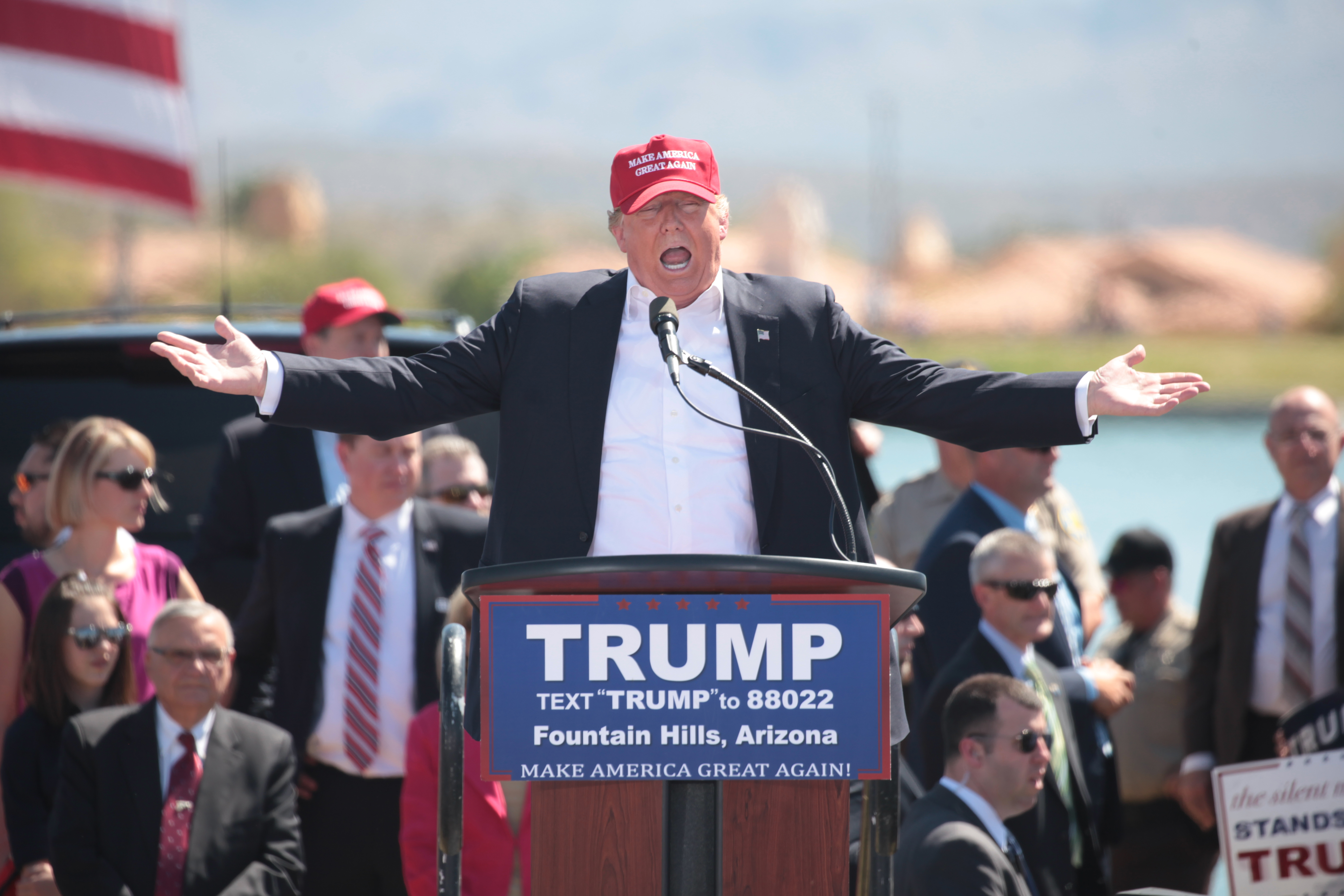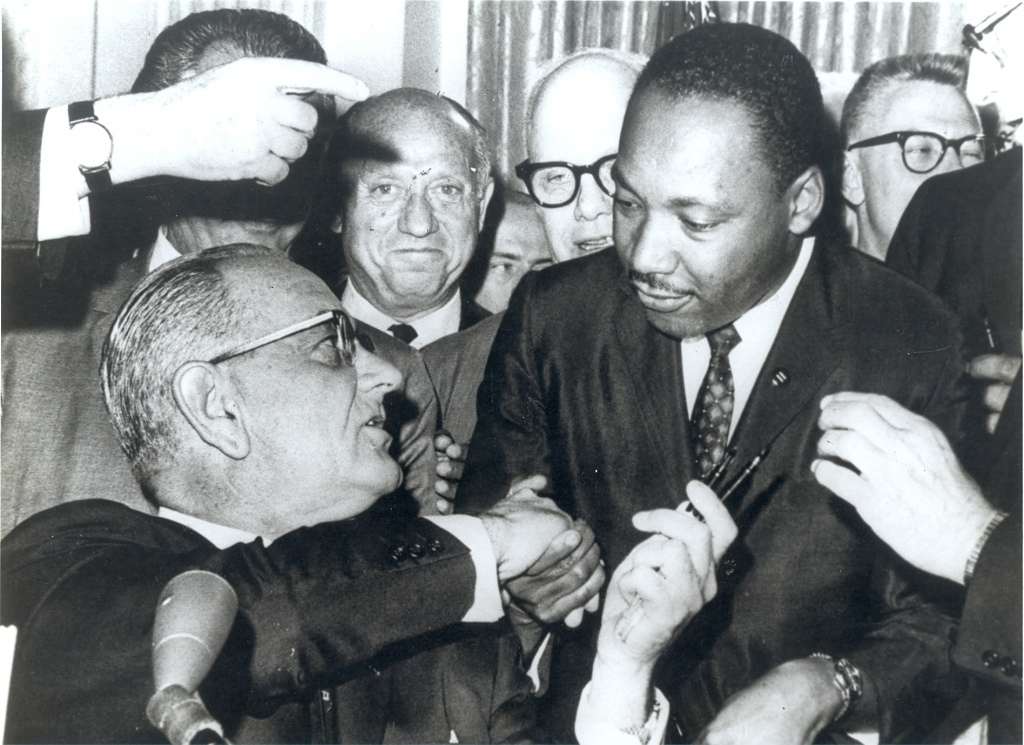Guest post by Daniel Braaten
The world is facing twin environmental horrors: climate change and a biodiversity crisis. Both fundamentally challenge the continuation and healthy functioning of civilization on this planet. There are many organizations, groups, and individuals across many countries who are trying to tackle these environmental disasters. Given all the money at stake, it stands to reason that these groups and organizations would receive pushback from vested interests and in some cases even threats of violence. And they do. However, those most at risk of violence are the ones who are seemingly the least powerful. These at-risk land and environmental defenders are mostly indigenous peoples, impoverished, and live in remote and rural areas. In 2020 alone, the nongovernmental organization (NGO) Global Witness documented the killing of 228 environment and land defenders making it the deadliest year since the organization has been investigating these killings.
Global Witness defines land and environmental defenders as: “people who take a stand and carry out peaceful action against the unjust, discriminatory, corrupt or damaging exploitation of natural resources or the environment. Land and environmental defenders are a specific type of human rights defender—and are often the most targeted for their work.”
Why would poor individuals who are seemingly powerless be the target of violence?
Land and environmental defenders are on the front lines of environmental exploitation. As my research shows, they are essential in the global fight against the climate and biodiversity crisis as they are often the last line of defense against the exploitation of land that serves important biodiversity functions and/or operates as significant carbon sinks. Much of the world’s remaining biodiversity hotspots are in indigenous lands, and indigenous land and environmental defenders have proven to be some of the most effective protectors of those areas. But instead of receiving protection and support, they have been subject to intimidation and violence to get them to move off their land or acquiesce to the demands of global capital.
Halting the global exploitation of resources is a challenge that can best be met by protecting the rights of land and environment defenders.
My research shows that land and environmental defenders are more likely to experience violence when they are exposed to what I call a “triangle of vulnerability.” The elements that comprise this triangle are living in an area: with resources that are coveted by global markets, where the local population is marginalized from the broader politics of the country, and where local elites (political and economic) have impunity to act. Getting more specific, we find more land and environmental defender killings in middle-income countries that receive large amounts of foreign direct investment in the extractive industries. Furthermore, countries with larger indigenous populations—which are typically politically marginalized—have more land and environment defender killings, as do countries with empowered local governments. Marginalization is not just driven by ethnic, gender, or racial categories but also can be a function of geographical distance from the main population centers. Marginalization combined with impunity can create a context where violent acts are not investigated and perpetrators are not brought to justice, which sets an expectation that violent acts will not be punished. Impunity is made manifest through judicial corruption and in our research, we found that countries with high levels of judicial corruption are more likely to have a land or environmental defender killing.
Protecting Land and Environmental Defenders
The work that land and environmental defenders do is essential for turning around the climate and biodiversity crisis, and they are in desperate need of protection. Fortunately, efforts are being made to create new protections for land and environment defenders and to use existing laws to strengthen protection for them as well. John H. Knox recently served as a special rapporteur for the UN Human Rights Council on the issue of human rights obligations relating to the enjoyment of a safe, clean, healthy, and sustainable environment; he issued a report for Universal Rights Group outlining the protections land and environmental defenders have under international human rights law. Regional efforts such as the Escazú Agreement, for countries in Latin America, and the Aarhus Agreement for European countries provide some protections for land and environmental defenders as does action specified at the national level, and actions pursued by NGOs. These efforts and more need to continue to break the immunity perpetrators of violence against land and environmental defenders too often have. It’s not just a matter of justice—it’s a matter of securing a livable planet for future generations.
Daniel Braaten is an Associate Professor of Political Science at Texas Lutheran University.






